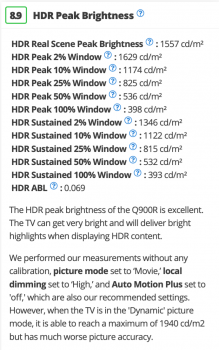you are right!
just for the sake of example here is what footage look like graded vs ungraded.
the aim of a reference monitor is to be able to see as much as possible what is in a raw cinema image, therefore they work in 10 bit per color and have a large image spectrum. 10 bit is alredy not right because it « represent » the true 12 bit per color that a cinema camera can capture in raw.
High end digital back for commercial photography is even worst with 16 bit per color.
this help a lot in the perception of what is really in the image in matter of color rendition. this has nothing to do with resolution or dynamic range.
when you are on set what you will usually do is look at the picture on a reference monitor, and most of the time you have a guy called a DIT (digital image technician) that will aply a « profile » that would give you a quick preview of « how the picture will look like on a consumer tv » then the director will know if the set is indeed lighted correctly or if there is the right amount of contrast to begin with.
that screen (and a reference monitor) also show you details in highlight and shadow that would just be plain white or plain black in normal tv or gaming monitor.
they serve a totally different purpose :
a gaming monitor or a digital tv is made to have bright , saturated and contrast image in various conditions, (everything has to look sharp and fresh either in your basement or in a bright day at the office) while a reference monitor is there to help you analyse the composition of an image and also have the hardware ability to show you what the picture will look like on your tv.
actually with a calibration tool i could mesure your tv and aply its characteristics to the reference screen and simulate almost perfectly your screen on that reference monitor.
if you put them side by side, they would then look identical.
that is because a reference monitor car display far more different profile than you gaming monitor.
just to let you know i still have a barco calibrator V crt 21 » 12 bit monitor because it is a true 12 bit hardware monitor that can display colors that no other monitor can. it is just the way they are built.
it is the technics sl1200 of monitor.
when you look at an image on this beauty the colors looks so real that you truly think you can touch the object.
now it is very old so I only use it to do final proofing on major project.
but it is fun to think that flat planel are just starting to catch up with 1995 technology !


